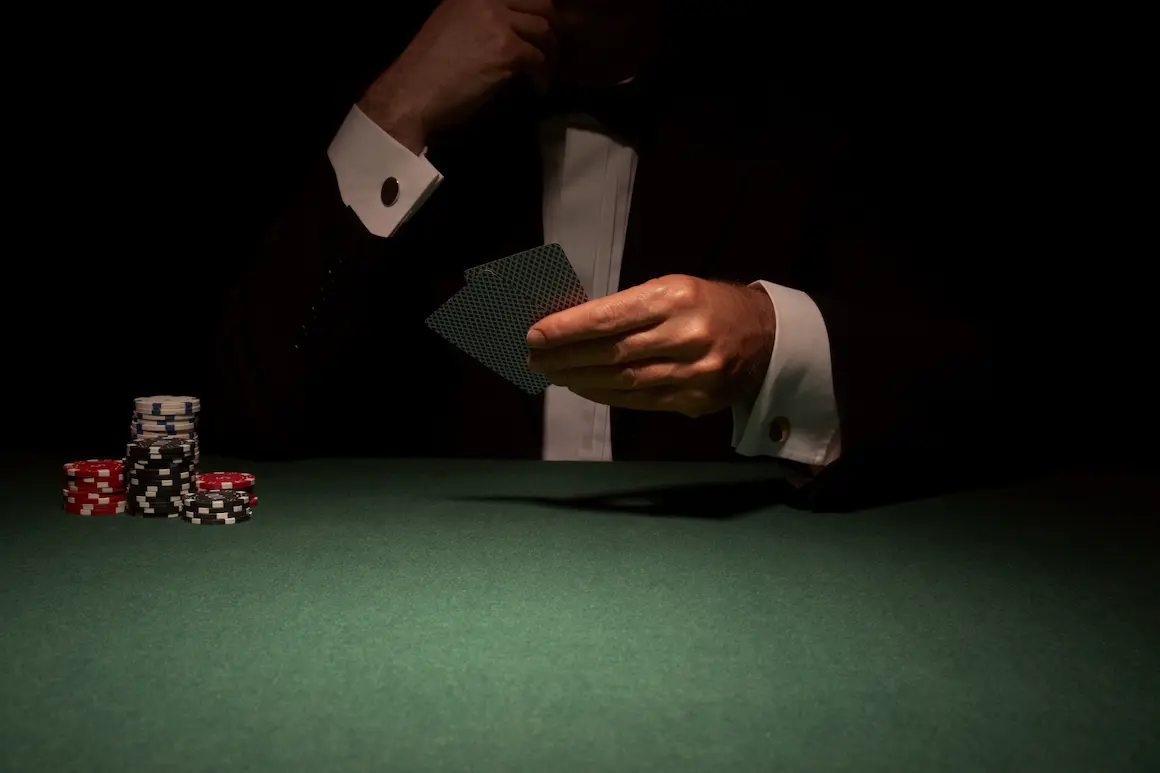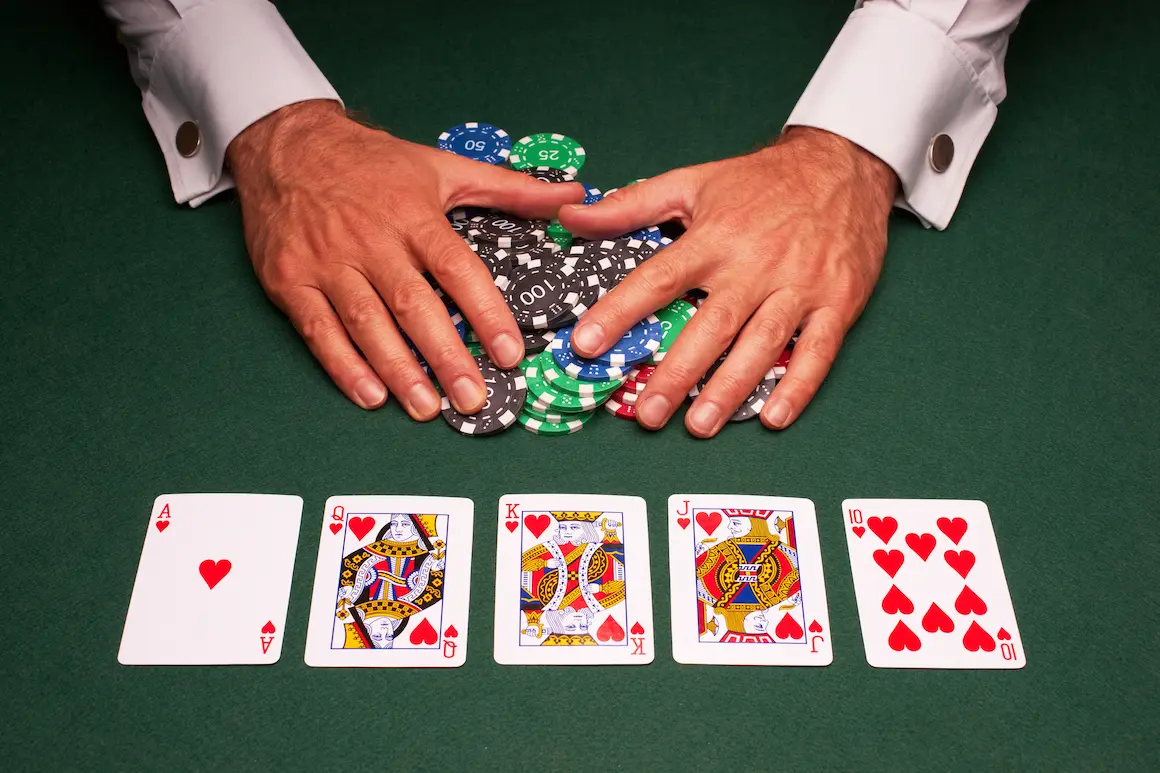 Article Contributors
Article Contributors Poker is a brand identity of the casino, a reason for heated discussions and disputes, a favourite game for warm, friendly meetings, and a way to earn money professionally.
Even those who don’t play poker may talk about it and study the game.
Even if you are not a frequent visitor of the casino, why not find out the poker rules – just in case.
The main goal of each player at the poker table or online is to take possession of the pot, which is multiplied due to the activities of the participants at different stages of the game. It would help to get your head around the different wagers to feel confident among opponents. The main options are bet, call, raise, fold, all-in. What is the right way to place a bet?
We are talking about the first bet in the current trading period.
Today let’s discuss bet variations and secrets of use.
We can say that the history of one poker game begins with the open action, the first bet with which a player opens a trade. This is the initial deposit to the bank.
Why should you place the opening bet?

The main rule with which you should begin your acquaintance with the game is: any move in poker must pursue a specific goal. Poker is based on two disciplines – mathematics and strategy. This is the secret of the phenomenal popularity of the game. Simple rules, combinations, simple terminology and mathematical approach. Each step needs to be well calculated, and if it is not backed up by a hand plan, it is obviously a bad idea. So, what is the purpose of the opening bet in poker?
Maximise the pot
With the help of the opening action, you can maximise the profit. The main way to do this is to bet on each trading stage.
Here, it’s either the opening bet or raise if you have strong cards in hand – there is no third way.
Checking the hand
There are situations when a player can get confused, especially when it is difficult to assess the position. It is quite difficult to understand your strength against the background of competitors in the game, but you do want to understand the situation at the table. If you try to check with a medium-strength hand, you can face the ill will of your opponent. And if you call with a raise, it can turn into a bluff because the opponent will continue to play with strong cards.
The player gets lost, goes astray, starts making risky investments or become passive.
In order not to face a situation where unjustified and risky financial decisions are required, it is better to be the first and place the opening bet.
Confuse the opponents
Let’s go back to the concept of the bluff.
Bluffing is a common technique, raising the bet when a player does not have a strong hand, but it is extremely convincing that he is in the highest position. This discourages the opponent. A semi-bluff is considered a better option.
How to determine the size of the bet?
In no-limit poker, the minimum bet is based on the contributions to the pot at the beginning of the hand. As a rule, the bet should not be smaller in size than the big blind.
Strategies
A poker player can go in different ways after the opening bet. Let’s talk about the most common options.
Bet/Fold
Here, the poker player decides to bet and fold if the opponent raises the bet in response. A bet increase suggests the opponent has a strong hand as a rule.
Bet / call
Same as the above, this is relevant if the opponent responds by increasing the bet. You can do this in a few cases. For example, when you need to disguise the strength of the hand to lead the opponent to the wrong decision. Or when you need to control the bank.
Bet/Raise
The main purpose of a bet in a game is the pot. More specifically, increase the amount. To accomplish that, you need to respond to an opponent’s raise with a raise. This is usually good when you have a great combination in your hands, but you are afraid that your opponent may have a better hand. It’s better to play it safe because mistakes are expensive in poker.
Bet-bet-bet
A line of three bets that follow one after the other is a fairly common move. This is a classic of the poker genre if your opponent is a weak player. Also, a triple bet can become a bluff if strong opponents are at the table.
Bet-check-bet
A rare option in poker that symbolises either an attack on the pot with a bluff or the appearance of a card that was out of hand.
Betting: what factors should be taken into account?

To make a move with maximum benefit, it is better to analyse the situation well.
Forewarned is forearmed. Therefore, immediately pay attention to the style of play of opponents. Is he an aggressive opponent or a quiet player? But remember that a calm game can just as well be a good manipulation.
Assess the range of the opponent’s starting hands – what card combination options can the player entering the game have.
Don’t forget about the number of active participants in the hand – this can give you an idea of the players’ strength.
The position of the player greatly affects the situation as a whole. This is the position of the poker player in regards to the blinds and opponents.
It often happens that it is the structure of the poker board that is the decisive moment in the outcome of the dealing.
If you feel you have an advantage over other players, you should bet with one goal – to increase the bank and maximise the profit. If you understand that the combination is weak, it is better to go for the bluff or semi-bluff.
Frequently asked Questions:
Definitely, if you play Texas Hold ’em – no-limit poker, you can do this at different stages of the dealing. If the bet in poker has its limits, you can bet only if the bet size is less than the allowed maximum.
This is a bet that is larger than the actual pot.
No, the first bet should either be called or increased.
Blind only. If you choose to voluntarily bet into the pot before the flop, this may be considered a raise or call. A duplicate raise is commonly referred to as a 3-bet.
It depends on the poker variant. But in most cases, contributions to the pot are ante and bet.




